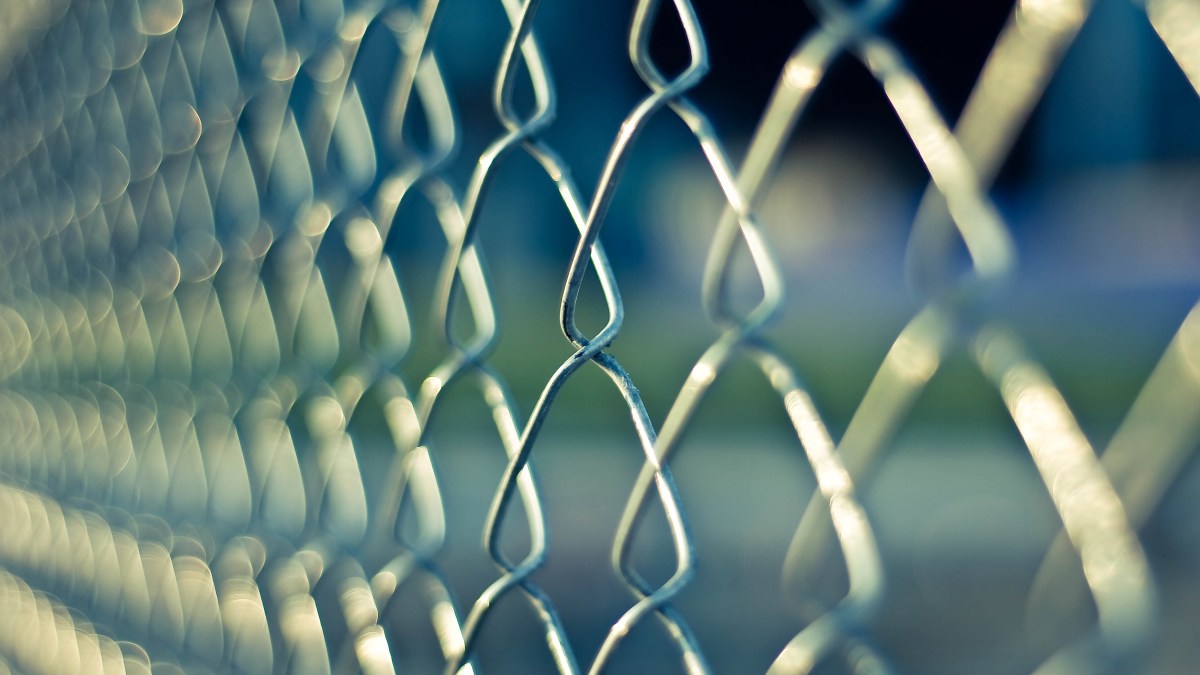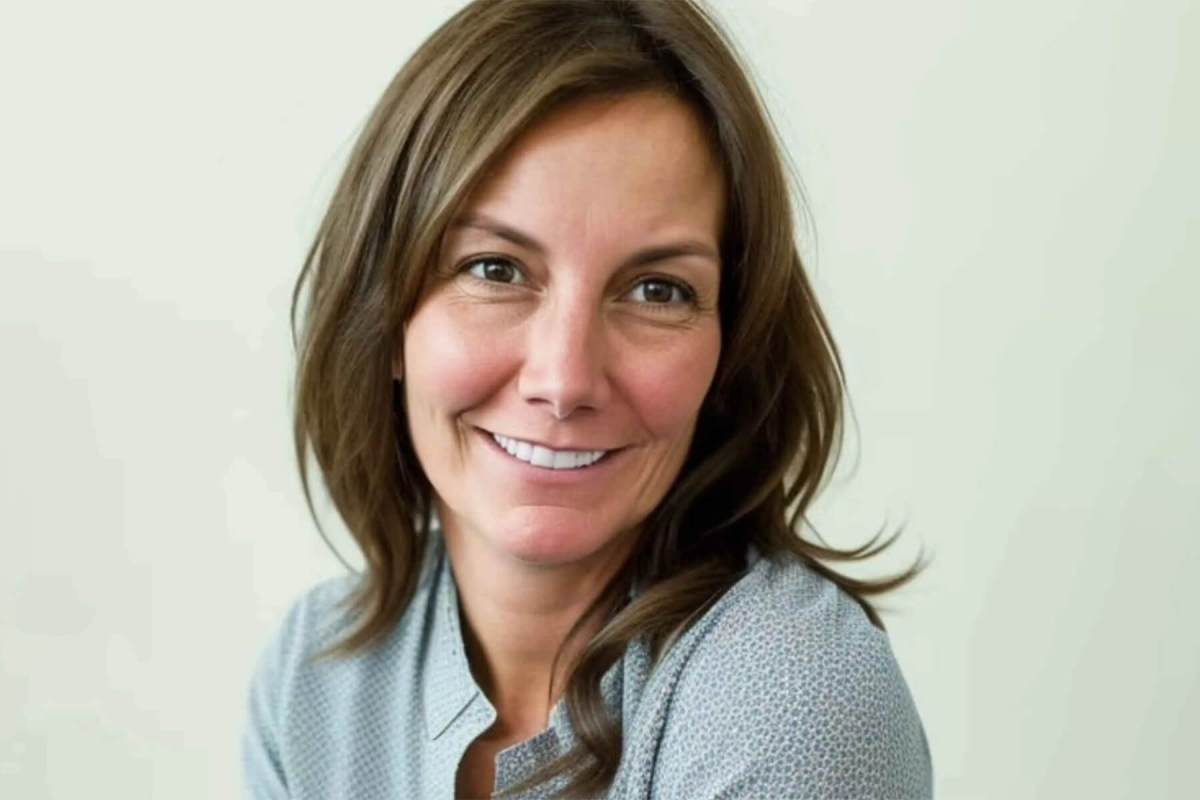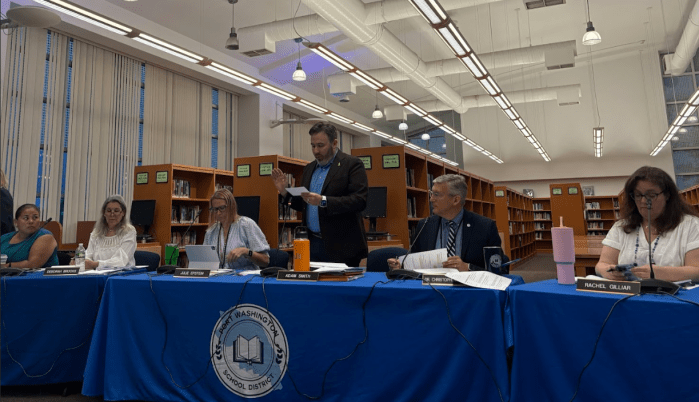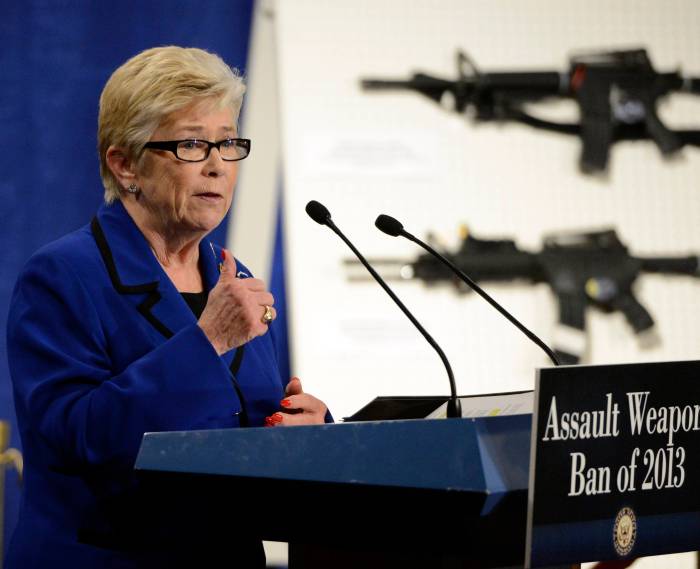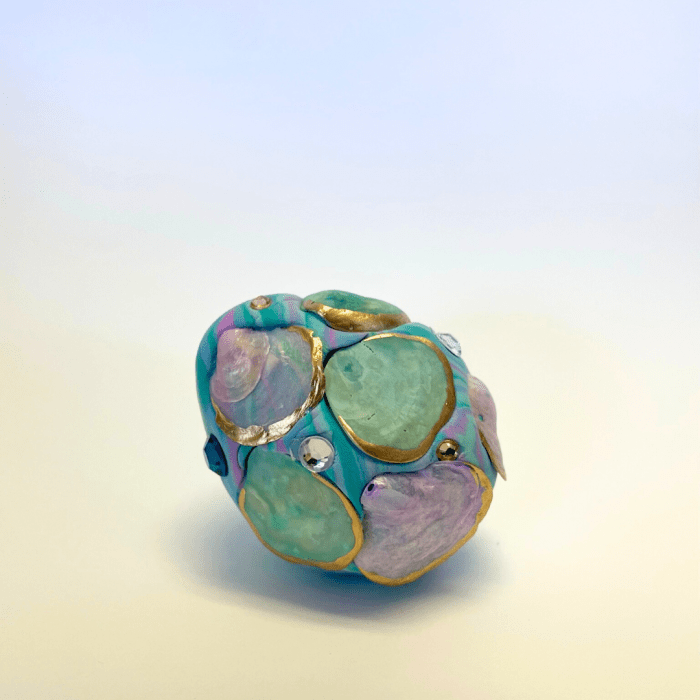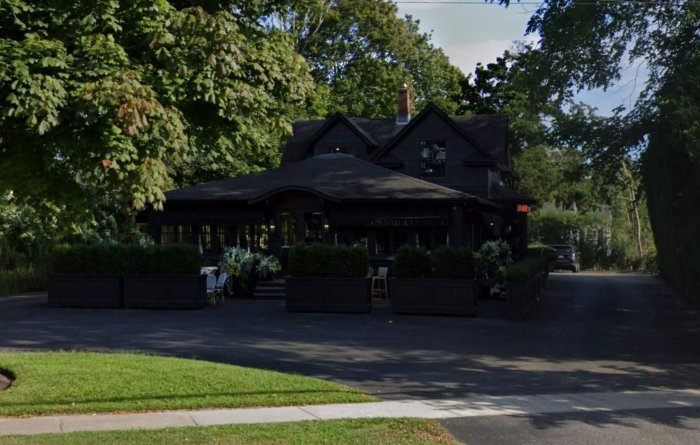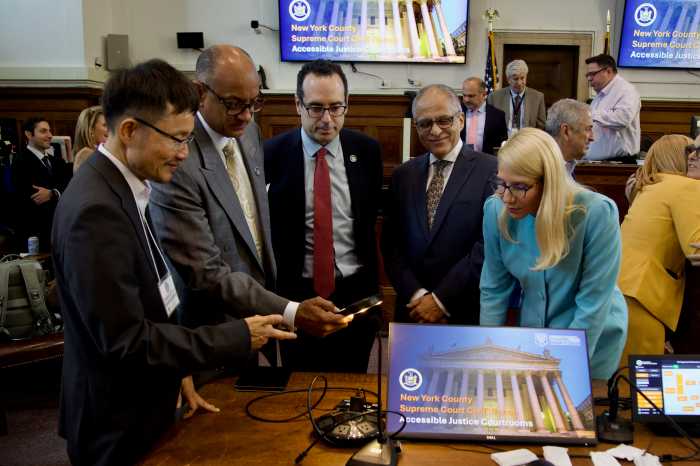A
nti-youth incarceration advocates are calling for a systematic dismantling of all juvenile detention facilities in the United States, starting with 80 locations frequently flagged for prisoner abuse and overreliance on solitary confinement.
The report by Youth First Initiative, released Thursday, examines the disproportionate incarceration of African Americans across the country at antiquated state-operated juvenile detention complexes. The entire system, advocates say, is woefully inadequate and wastes billions of dollars each year in taxpayer money.
The group found that about 54,000 youths are incarcerated each day across the US, with black youth five times more likely than whites to be incarcerated, and they’re often put in harsh conditions where physical and sexual violence is a common occurrence. At the same time, the group noted, there appears to be broad support for reinvesting in community-based programs through financial incentives for states and local governments to help pay for alternatives to youth incarceration.
“Even though youth incarceration has decreased in the last decade, states are still relying on youth prisons, a relic of an 1820’s justice system, that is harmful, racially biased and obsolete,” Liz Ryan, CEO of Youth First, said in a press release announcing the group’s findings.
Youth First’s call for a complete overhaul of the juvenile justice system comes as Americans have expressed broad support for criminal justice reform, including bolstering prisoner reentry programs and reducing the length of mandatory minimum sentences. On the recommendation of the Department of Justice, the Obama administration in January went ahead and banned the Bureau of Prisons from placing juvenile prisoners in solitary confinement. Here in New York State, Gov. Andrew Cuomo, a Democrat, signed an executive order last December that would remove teens 17 and younger from adult prisons and place in youth facilities.
Reforming the juvenile justice system is vital because “we can’t leave children behind,” Mishi Faruqee, national field director for Youth First Initiative, told the Press in a phone interview.
Faruqee, who has been studying youth incarceration for two decades, said New York spends more than any other state on detaining children, about $350,000 per individual. Nationwide, the annual amount it costs to house minors convicted of various degrees of crimes is $5 billion.
Meanwhile, the percentage of youth who leave juvenile facilities only to get rearrested remains stunningly high, she said. In some states, recidivism rates run as high as 75 percent. One study conducted over a 10-year period found recidivism rates in New York State to be “astronomical,” Faruqee noted, with 91 percent of former incarcerated youth being re-convicted within a decade after their initial release.
Redirecting funds from youth prisons to community-based rehabilitation programs would be a better way of keeping kids out of trouble, Faruqee said.
“There are alternatives that are much more effective,” Faruqee explained, while lamenting that programs that provide youth offenders and their families the support and services they need are under-resourced.
Recent studies bolster Faruqee’s point. A report published by Youth Advocate Programs, Policy & Advocacy Center in 2014 noted, “Systems cannot achieve de-incarceration goals unless they build continuums of community-based programs to serve all youth, especially those with the highest need.” The study, dubbed “Safely Home,” cited a series of briefs from the John Jay College of Criminal Justice Research and Evaluation Center in Manhattan that found that of the more than 3,500 “high-risk youth living at home and supported by an intensive community-based program,” 86 percent remained arrest free.
Advocates contend that alternative to incarceration programs are far more effective than throwing youth in juvenile prisons, but funding remains elusive.
“We can’t actually free up money for community based alternatives unless the facilities are closed,” Faruqee said.
As part of its campaign to change the way the juvenile justice system operates, Youth First on Thursday published what it calls the “first-of-its-kind” interactive graph and mapping tool, which provides the locations of youth prisons across America. Users can select individual states on the map and find the exact location of some of the largest and oldest facilities in the country. Three facilities are in upstate New York, none are on Long Island. The youth prisons on the map represent those established more than a century ago or that have more than a 100 beds.
The report lists many of the ways in which these institutions resemble adults prisons, “including large bed capacity (over 30-beds); correctional staff whose main role is to count and cuff youth; locked rooms, cells or units; razor wire fences; and practices similar to those used in adult prisons, including use of chemical restraints such as pepper spray; mechanical restraints such as leg irons, handcuffs, wrap restraints; and hog-tying; use of isolation and solitary confinement; and documented instances of physical and sexual violence, physical and verbal abuse, and neglect such as underfeeding, removal of sanitary napkins, and toiletry items.”
The project also documents how youth incarceration disproportionately affects young African Americans. In New York State, 51 percent of the youth prison population is black, despite African Americans only making up 17 percent of the overall population in the state. Whites, who make up 51 percent of the state’s population, represent 26 percent of the youth prison community, followed by Latinos at 19 percent.
The “data shows that youth of color are much more likely to be incarcerated despite the fact that they commit roughly the same level of juvenile crime as white youth,” the report found.
Faruqee said that addressing the racial disparity would require serious reform on multiple levels. It’s partly a function of “real bias within the system,” she said, noting that blacks are treated “more harshly” at each stage of the criminal justice process, even if they’re charged with the same crimes as their white cohorts.
The failures do not fall on the criminal justice system alone. Predominantly black neighborhoods suffer from a lack of resources, Faruqee said. That’s why so much of First Youth’s initiative calls on governors to reinvest the exorbitant amount of money being funneled into youth prisons into the “communities where young people come from,” Faruqee explained.
While Youth First is hoping for youth prisons become a thing of the past, Faruqee said some of the larger municipalities in New York State have taken strides to address youth incarceration.
One example was New York City, which has convinced state officials to pass legislation that would keep youth offenders in the city’s custody, instead of transferring them to upstate facilities where they’d be miles away from their families. The city also joined other municipalities by creating community-based alternatives to prison, giving judges the option of confining kids to their families’ care while they receive much-needed service.
But the state system has not been without intense scrutiny.
In August 2009, the Department of Justice’s Civil Rights Division released the findings of a lengthy investigation of four facilities where it found the staff had consistently used excessive force on prisoners, and subsequent investigations were insufficient.
“We can’t actually free up money for community based alternatives unless the facilities are closed.”
Prisoners were reprimanded for the most innocuous of infractions, including “sneaking an extra cookie to initiating a fist fight.”
“This one-size-fits-all control approach has not surprisingly led to an alarming number of serious injuries to youth, including concussions, broken or knocked-out teeth, and spiral fractures,” the feds wrote to then Gov. David Patterson.
Federal investigators also determined that staff used force to “control youth’s behavior,” invariably escalating violent situations.
But since 2007, when the federal investigation commenced, New York has closed 21 facilities, Faruqee said, and community-based programs are more abundant.
“I think the takeaway is that there really is a lot of momentum for completely transforming juvenile justice in the United States,” Faruqee said.
She pointed to the recent decisions by governors in Connecticut, Illinois and Virgina to close outdated juvenile facilities in their respective states.
“I think things have really shifted,” Faruqee said. “Now we have this real opportunity to implement what we know works for young people.”




